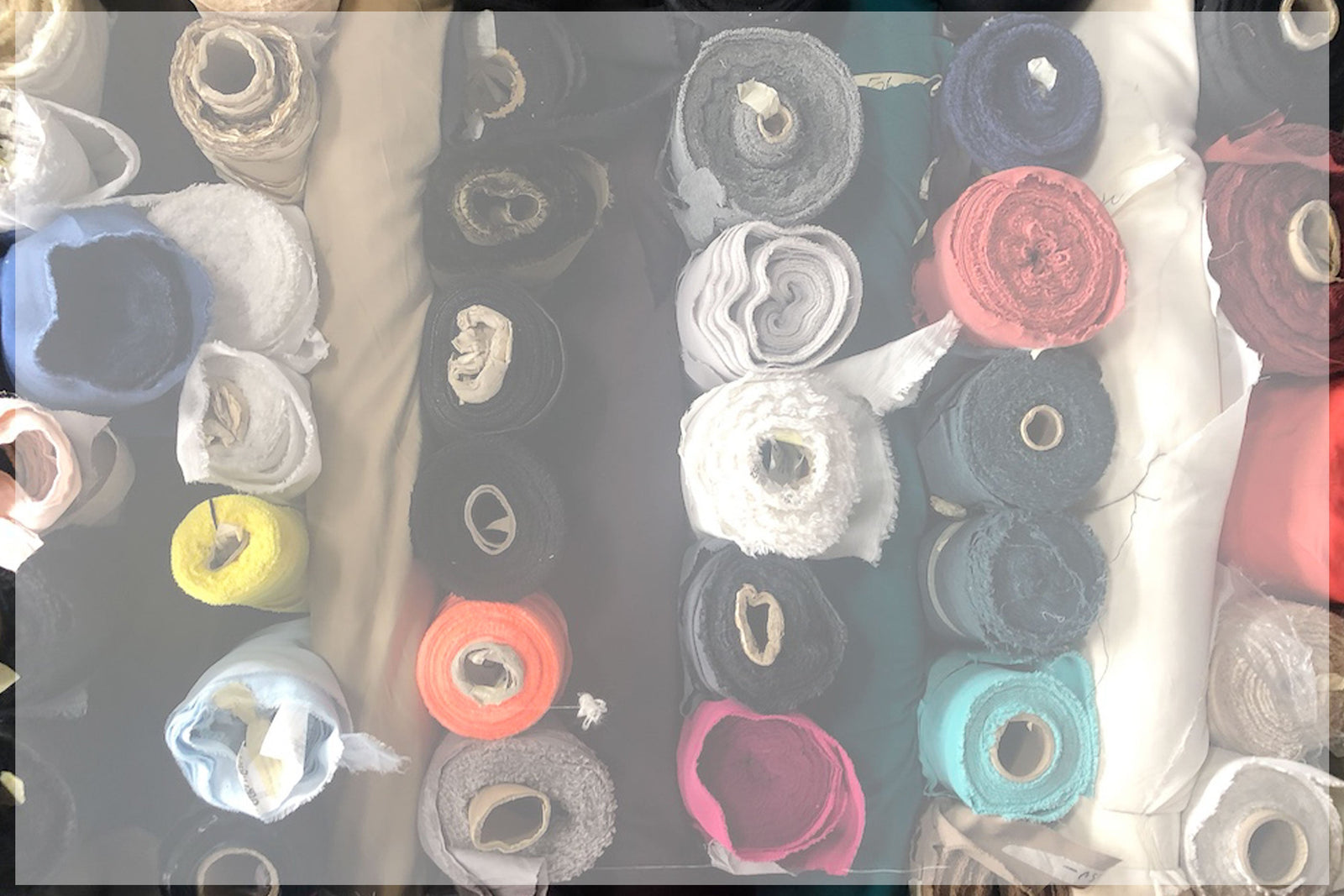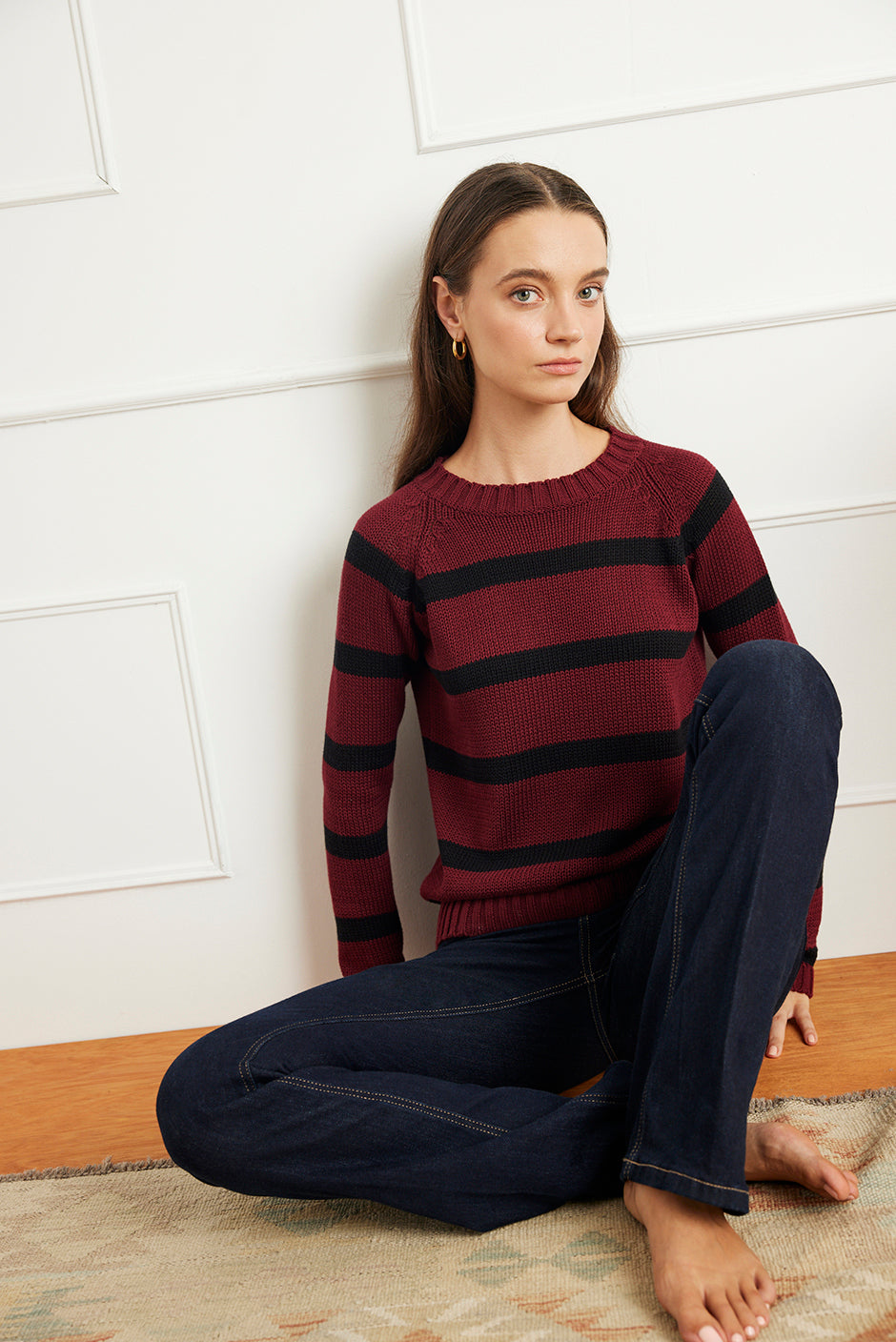-FREE SHIPPING ON U.S. ORDERS OVER $150. ECO-FRIENDLY PACKAGING ALWAYS- JOIN PANEROS REWARDS-
-FREE SHIPPING ON U.S. ORDERS OVER $150. ECO-FRIENDLY PACKAGING ALWAYS- JOIN PANEROS REWARDS-
Shop
5 THINGS CONSCIOUS SHOPPERS CONSIDER: PART 1- SMART FIBERS & FABRICS

We know it can be hard to decipher all of the information the fashion industry throws at you. We figured we would simplify a few things for you so that you can make more eco-conscious choices when it comes to the clothes you buy. Here’s 5 key things conscious shoppers consider before buying:
Smart Fibers and Fabrics
Responsible Manufacturing
Quality over Quantity
Less Pollution
Less Waste
In this post, we're taking a closer look into smart fibers and fabrics.
Not all fibers are created equal and no one type of fiber is perfect. Clothing fibers are broadly categorized into 3 different categories: synthetic (petroleum based), cellulose (plant based) and protein (animal based). Synthetic fibers include things like polyester and nylon; cellulose fibers include both natural materials such as cotton and linen, as well as 'semi-synthetic' man-made cellulose fibers (MMCFs) such as rayon; protein fibers include things like wool, silk, and leather.
If you feel like you're back in school not understanding a word your professor is saying, here's your cheat sheet:
try to remember plastic-based, cotton and other.

Currently, the apparel industry is designed and optimized for plastic and cotton fabrics, at about 63% and about 26% of clothing fabrics respectively. Unfortunately, this is not optimal for Mother Earth.
Why does this matter?
It is estimated that 70 million barrels of oil are used every year to produce polyester clothing. That’s more than 4,000 Olympic sized swimming pools. Plus, according to The Wall Street Journal, over 500,000 metric tons of microfibers flow into the environment from the washing of synthetic textiles annually. That's the equivalent material of 50 billion plastic water bottles flowing into our rivers, lakes, and oceans. These fibers can be consumed by a variety of creatures, including the fish we might eat.
Over 500,000 metric tons of microfibers flow into the environment from the washing of synthetic textiles annually.
Fortunately for us, research is underway to scale sustainable practices across both natural and synthetic fabrics with less negative impacts.
What Paneros is doing about it:
We only use natural cellulose, semi-synthetic/ MMCFs, and protein fibers that are durable and high quality. This helps you and it helps create a lasting world. Additionally, we are always researching ways we can continue to do better, such as staying up on the latest fabric technology and finding new ways to use existing fabrics.
Continue reading on Part 2, Responsible Manufacturing


